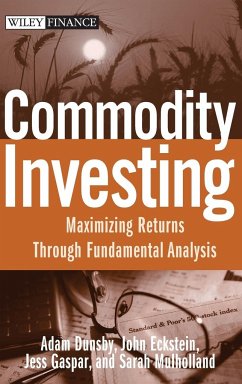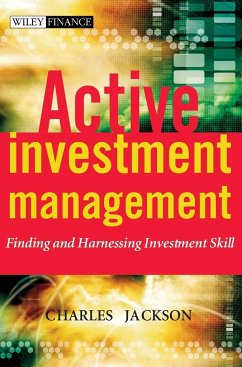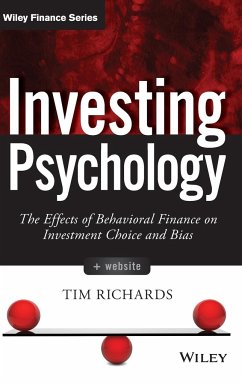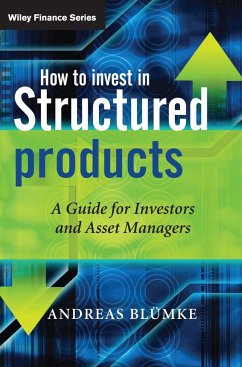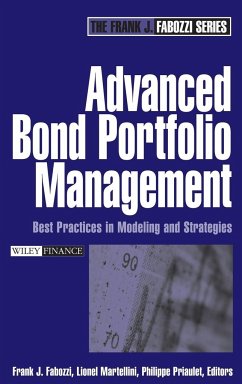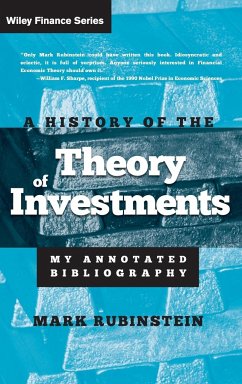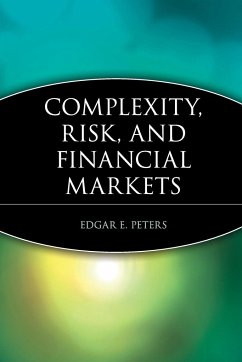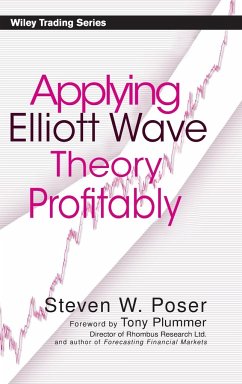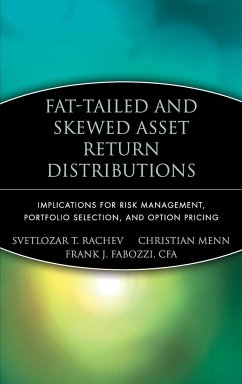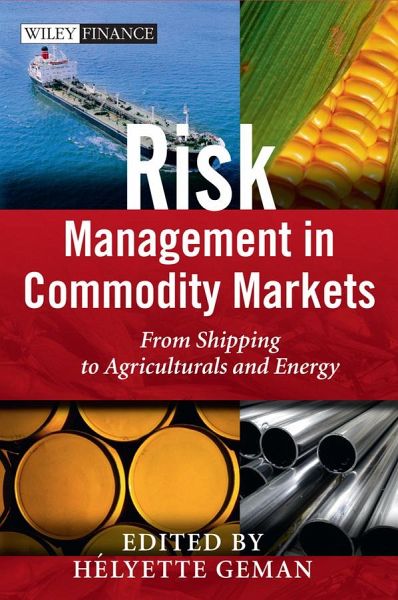
Risk Management in Commodity Markets
From Shipping to Agriculturals and Energy
Ed.: Geman, Helyette

PAYBACK Punkte
79 °P sammeln!
Commodities represent today the fastest growing markets worldwide. Historically misunderstood, generally under- studied and under- valued, certainly under- represented in the literature, commodities are suddenly receiving the attention they deserve.Bringing together some of the best authors in the field, this book focuses on the risk management issues associated with both soft and hard commodities: energy, weather, agriculturals, metals and shipping. Taking the reader through every part of the commodities markets, the authors discuss the intricacies of modelling spot and forward prices, as wel...
Commodities represent today the fastest growing markets worldwide. Historically misunderstood, generally under- studied and under- valued, certainly under- represented in the literature, commodities are suddenly receiving the attention they deserve.
Bringing together some of the best authors in the field, this book focuses on the risk management issues associated with both soft and hard commodities: energy, weather, agriculturals, metals and shipping. Taking the reader through every part of the commodities markets, the authors discuss the intricacies of modelling spot and forward prices, as well as the design of new Futures markets. The book also looks at the use of options and other derivative contract forms for hedging purposes, as well as supply management in commodity markets. It looks at the implications for climate policy and climate research and analyzes the various freight derivatives markets and products used to manage shipping and freight risk in a global commodity world.
It is required reading for energy and mining companies, utilities' practitioners, commodity and cash derivatives traders in investment banks, CTA's and hedge funds
Bringing together some of the best authors in the field, this book focuses on the risk management issues associated with both soft and hard commodities: energy, weather, agriculturals, metals and shipping. Taking the reader through every part of the commodities markets, the authors discuss the intricacies of modelling spot and forward prices, as well as the design of new Futures markets. The book also looks at the use of options and other derivative contract forms for hedging purposes, as well as supply management in commodity markets. It looks at the implications for climate policy and climate research and analyzes the various freight derivatives markets and products used to manage shipping and freight risk in a global commodity world.
It is required reading for energy and mining companies, utilities' practitioners, commodity and cash derivatives traders in investment banks, CTA's and hedge funds



